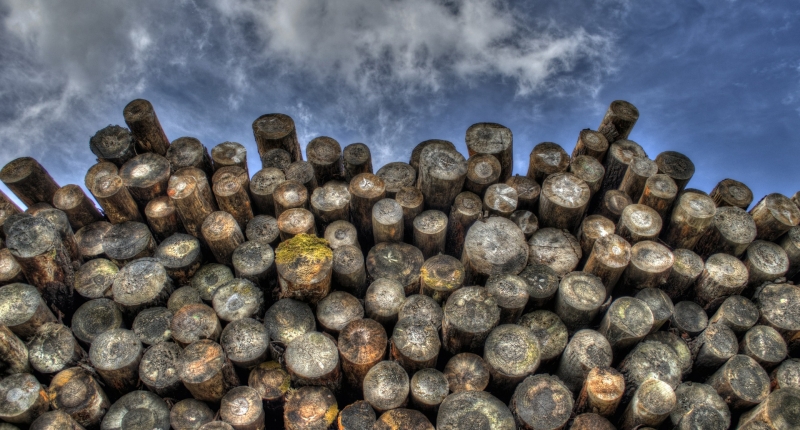Carbon and Biodiversity Impacts in Forest Sharing vs. Sparing Scenarios

With the constant demand for wood products, the “sharing vs. sparing” question remains whether we should promote the intensification of production in small areas with intent to spare large areas of forest from human impacts, or promote best practices for extensive low-intensity harvests from native forests.
In a new Conservation Letters publication, the SNAPP Forest Sharing or Sparing Working Group investigated how to meet the demand for wood products while minimizing CO₂ emissions and biodiversity losses.
The working group modeled carbon and biodiversity outcomes for different timber production systems that all deliver the same volume of timber but vary in their spatial extent and harvest intensity. They found that low-intensity selective logging can offer both the best and worst overall outcomes per unit wood produced, depending on the specific practices employed.
The best overall scenario for minimizing climate and biodiversity impacts occurred when certified reduced-impact logging methods were used and when land tenure was secure. This study emphasizes the large potential for reduced-impact logging, certification, and improved land tenure to contribute to meeting carbon emissions reductions goals.
---
Carbon and biodiversity impacts of intensive versus extensive tropical forestry
Griscom, B.W., Goodman, R.C., Burivalova, Z., Putz, F.E.
Conservation Letters, March 2017, doi: 10.1111/conl.12362
